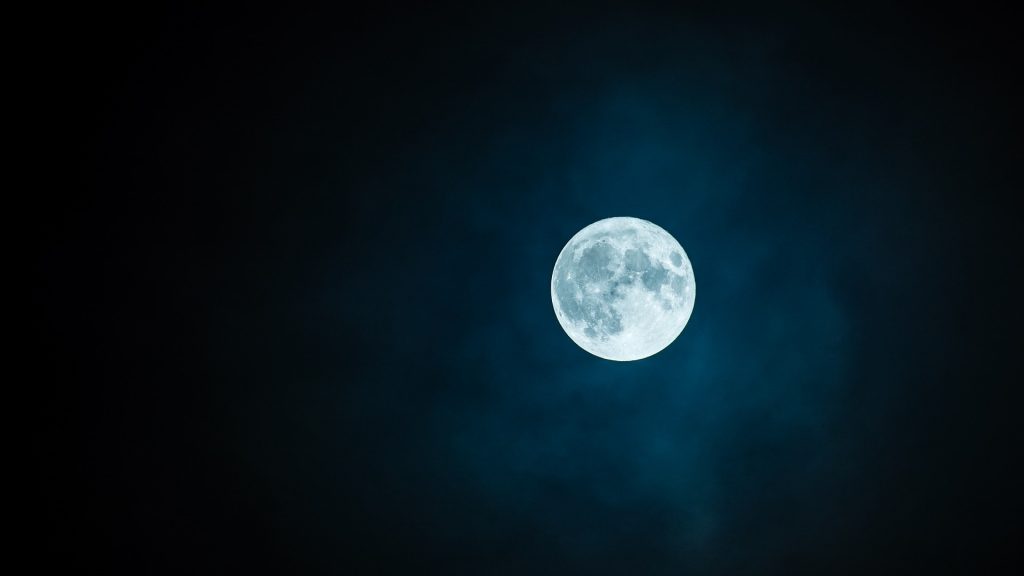All the way back in 2015, SpaceX launched a rocket, but rather than it coming back down to Earth to be reused, the rocket continued into the inky blackness of space.
The rocket was being used to deliver NOAA’s Deep Space Climate Observatory to Lagrange Point L1 which, unlike Lagrange Point L2, is in direct line of the Sun. Upon sending the observatory on its way the problems began for SpaceX.
As Ars Technica reports, the rocket’s second stage was high enough that there was not enough fuel to bring it back to Earth. In addition, the rocket couldn’t escape the gravitational force created by the Earth and Moon and so began a chaotic orbit.
That orbit is set to end on 4th March, according to Bill Gray, who develops the Project Pluto software used by amateur and professional astronomers. Using data from astronomers who watched the rocket, Gray predicts with certainty that the rocket will hit the Moon.
Whether we will be able to see the impact however is a matter of debate as it’s predicted that the rocket will hit the far-side of the Moon. Even worse, because the area of impact isn’t all that exciting, and existing craft orbiting the Moon likely won’t be in position to observe the impact.
Further complicating any observation plans is the fact that predicting the exact trajectory of the rocket is tricky thanks to the fact that it’s tumbling and we can’t account for how sunlight is affecting the rocket’s path.
As for how often this happens, not all that often, according to Gray.
“This is the first unintentional case of which I am aware. I keep track of a dozen or so objects in “high”, near-moon orbits, mostly so that the folks looking for asteroids will know where they are (and can ignore them; they’re looking for rocks, not junk.) In theory, given enough time, such objects will either hit the earth, or the moon, or gain energy by passing the moon and be ejected into orbit around the sun. (That last happened to the booster for the Chang’e 2 mission last summer),” Gray wrote in a blog post.
Considering this is likely the first time something like this has happened it’s disappointing that we won’t see the impact but at least the humans travelling back to the Moon this decade will have something to look out for when they arrive.
[Image – CC 0 Pixabay]

